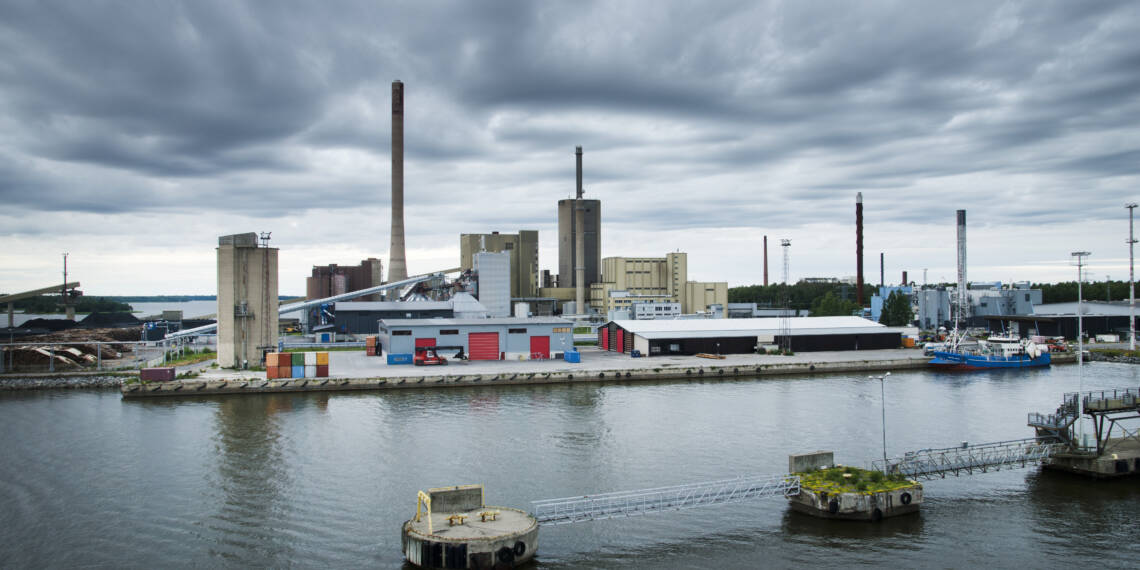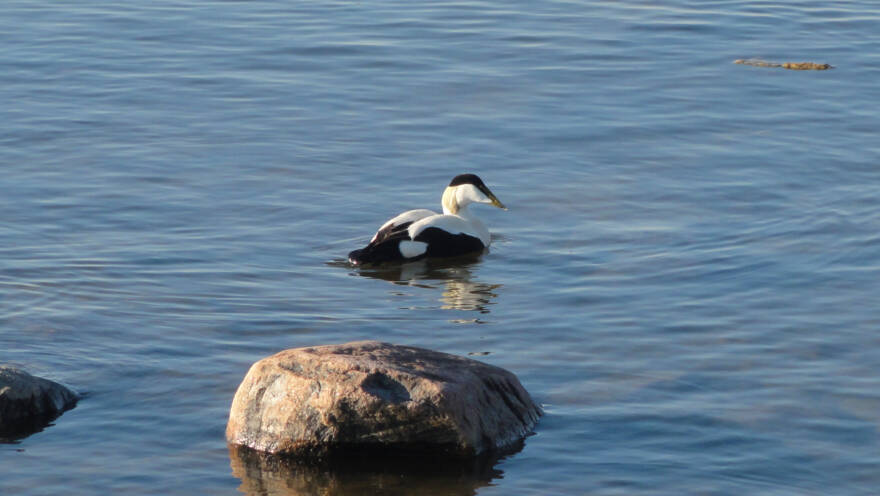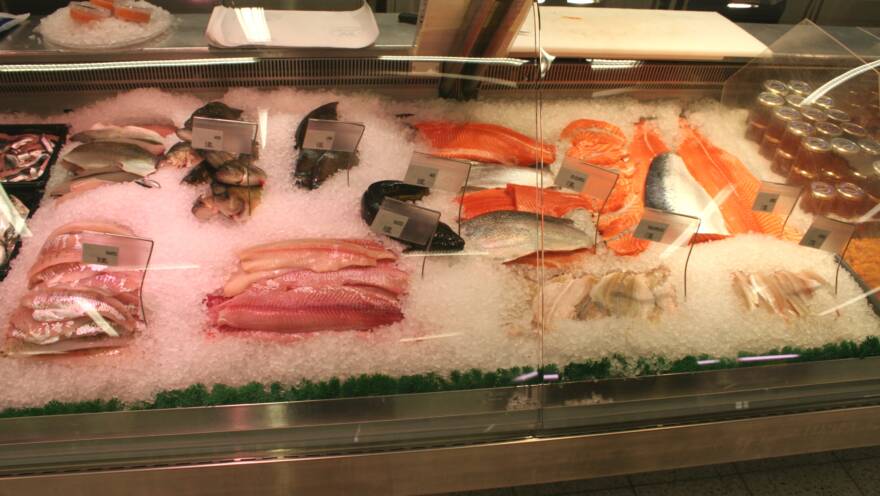
The most dangerous organic environmental pollutants are banned
Persistent organic pollutants, or POPs, are highly toxic and slow-degrading chemical compounds. They remain in the environment for a long time and accumulate in organisms, posing risks to both humans and the environment. Many well-known organic environmental pollutants are now banned, and their concentrations in the Baltic Sea have decreased.
The State of the Baltic Sea 2024: Organic pollutants
The use of many organic environmental pollutants is now banned, and their concentrations in the Baltic Sea have decreased. For example, the levels of dioxins, PCBs, and PFOS in fish are below the prescribed limits. However, the levels of PBDEs in fish are still too high. Additionally, tributyltin is still found, especially in the port areas of the Gulf of Finland.
Among the most well-known organic environmental pollutants are the pesticide DDT and PCB compounds, which were previously used, among other things, as heat transfer fluids in transformers. These substances once caused reproductive disorders in seals and birds of prey. Nowadays, their use is banned, and their concentrations in the Baltic Sea have decreased so much that reproductive disorders no longer occur.
The use of many other organic environmental pollutants is also now banned. Banned substances include hexachlorobenzene (HCB) and hexachlorocyclohexane (HCH). HCB was previously used as a pesticide, and HCH as a general solvent in the plastics and chemical industries, paint manufacturing, and the textile and metal industries.
All these compounds are so-called chlorinated hydrocarbons. Similar and even more dangerous environmental pollutants, dioxins, are produced unintentionally during incomplete combustion and as impurities in chlorination processes. Emissions previously came from, among other things, waste incineration and the wood processing industry. Since then, emissions have been effectively addressed. Between 2017 and 2022, dioxin concentrations were at a good level in all marine areas.

Former flame retardants have been found to be toxic
Polybrominated diphenyl ethers (PBDEs) are widely used flame retardants that enhance the fire safety of easily flammable materials. They are structurally similar to PCBs, with bromine instead of chlorine. They also accumulate in the food chain like PCBs.
PBDEs are suspected to be endocrine disruptors, affecting the reproduction and behaviour of organisms. The use and import of PBDEs are now mostly banned, and as their use has decreased, their presence in the environment is slowly diminishing.
However, PBDEs degrade very slowly, which is why these substances are still prevalent in the Baltic Sea. The PBDE levels measured in both open sea and coastal fish from 2017 to 2022 clearly exceed the EU limits in all Finnish marine areas, meaning the situation is not good in any area. Nevertheless, concentrations have decreased, especially in the Gulf of Finland, but also in other open sea areas.
Banned PBDEs have begun to be replaced by other brominated flame retardants, which do not accumulate in the food chain as readily as PBDEs. Additionally, phosphorus-based flame retardants have been introduced. These new substances are not entirely harmless either, and some of them have since been banned.

Around ten chemicals cause particular concern.
In 2007, the Baltic Marine Environment Protection Commission (HELCOM) listed a total of eleven substances or groups of substances that are of particular concern. These include, in addition to the aforementioned flame retardants, perfluorinated alkyl substances (PFAS) and organotin compounds.
PFAS are surfactants that repel water, dirt, and grease, and have therefore been used in products such as frying pans, water-repellent clothing, and ski waxes. Only a few PFAS are currently banned, but broader restrictions are being prepared. In Finnish marine areas, the concentrations of harmful PFOS in fish are monitored. The highest concentrations have been found in coastal fish, but even these do not exceed the limits used in the EU.
Organotin compounds, such as tributyltin (TBT) and triphenyltin (TPhT), previously used in ship antifouling paints, are potent androgens that cause reproductive problems in organisms. Their use is now globally banned. However, these substances degrade slowly, which is why they are still found in the Baltic Sea’s bottom sediments. Between 2017 and 2022, the EU limit was exceeded, particularly in port areas but also in the open sea area of the Gulf of Finland.
What can you do?
Use eco-labelled products. The Nordic Swan and EU Ecolabels ensure that the most hazardous chemicals are not used in the product’s manufacturing.
Favour recycling clothes. If you buy new ones, choose those made in Finland or within the EU.
-
 Find out more
Find out moreEffects of harmful substances
-
 Find out more
Find out moreFish as food for humans

